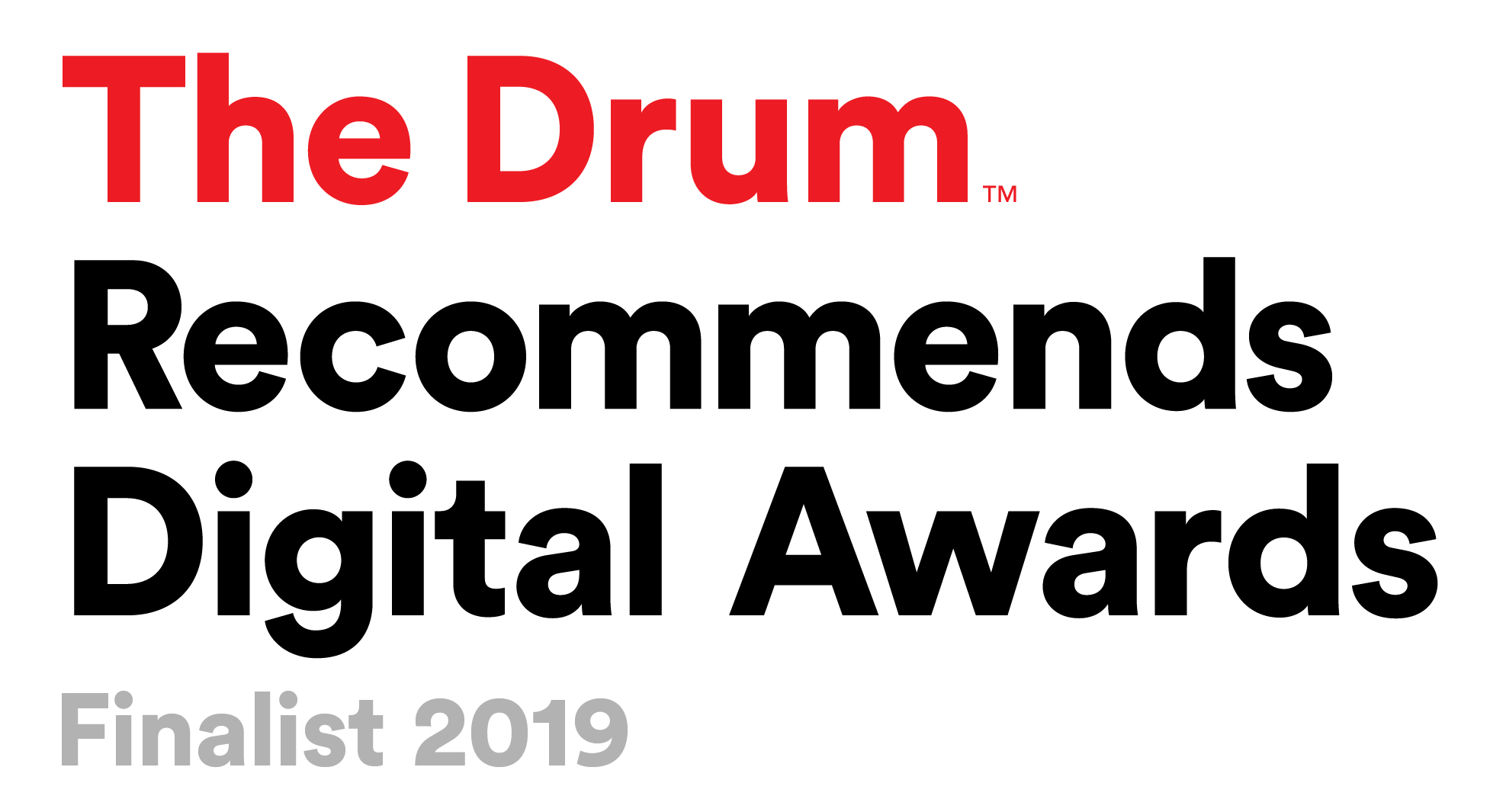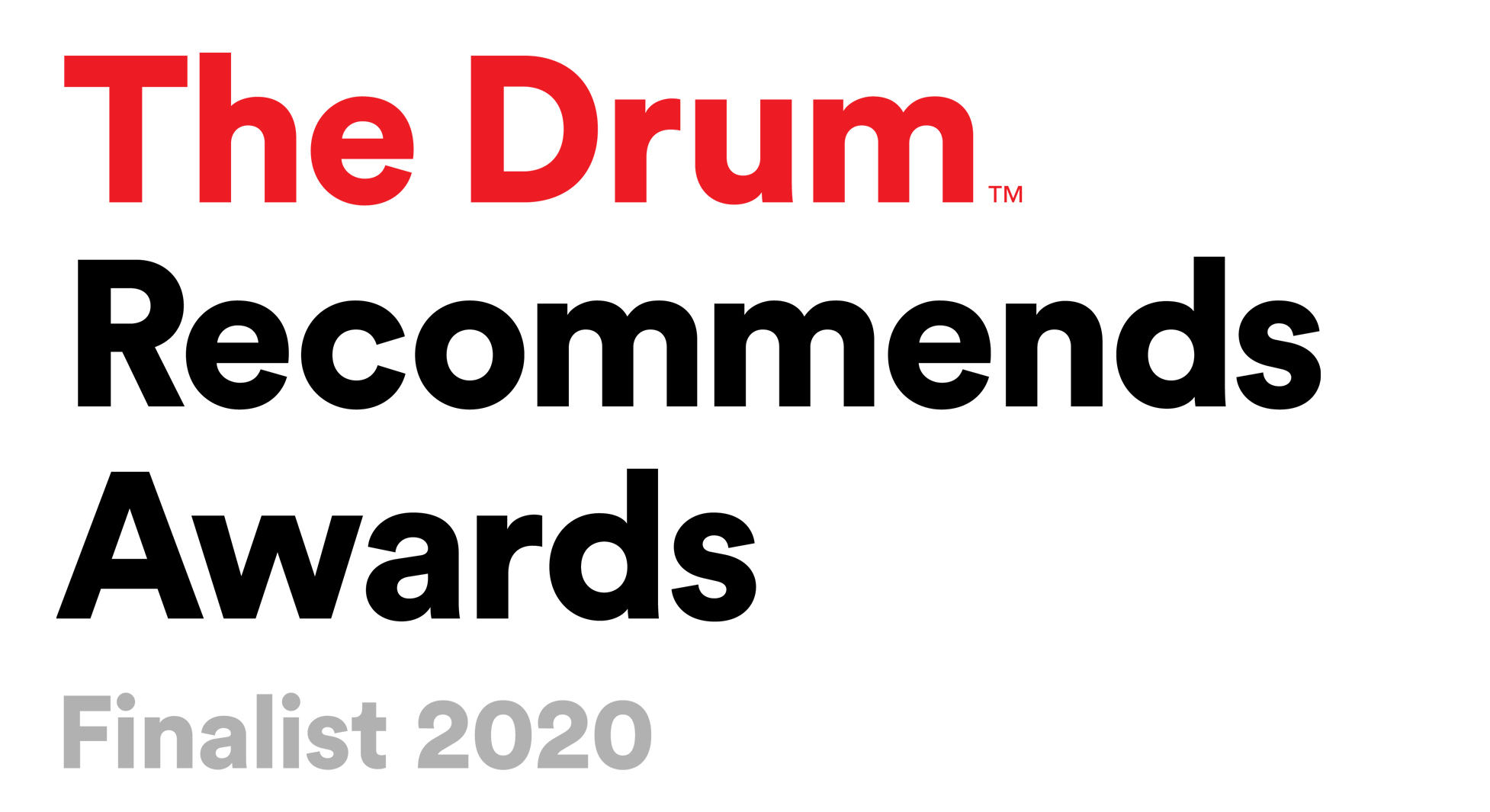
No matter whether you’re dipping your toe into the world of marketing for the first time, or you’re a seasoned professional, trying to keep up with the ever-changing landscape of marketing trends can be overwhelming.
Even during this year alone, there has been a shift to short-form videos, new platforms arise, while others fall out of favour, and the COVID-19 pandemic has continued to impact the world. In most cases, what was a tried and tested marketing strategy yesterday simply might not be working for you by tomorrow.
To ensure that your marketing efforts continue to be successful, and to maintain a sense of relevance with your increasingly picky audience, you must stay ahead of the curve, and one means of accomplishing that is to develop a marketing strategy that covers all the bases.
We wanted to have a look at how to develop your marketing strategy in 2022 and beyond, and how to put it into practice with a marketing plan.
The Importance of a Customer-Driven Marketing Strategy
A robust marketing strategy will help you gain traction with your target audience, which includes those who are unaware of your brand as well as your most loyal repeat customers.
By neglecting to create a defined marketing strategy, you’ll be taking potshots in the dark, and keeping your fingers crossed that you manage to hit your target, which ultimately costs time, money, and precious resources.
A marketing strategy needs to:
Align your marketing team to specific goals
Help align your marketing efforts with the brand’s business objectives
Allow you to identify and test your marketing efforts to see what gets the best response from your target audience
In developing a successful marketing plan, there are seven steps to take into account. Develop your marketing plan, create buyer personas, identify your goals, choose the right tools, review existing recourses, audit and plan campaigns, and implement your strategy.
- Develop a marketing plan
While a marketing strategy will determine why your marketing team needs certain resources, take certain actions, and set certain goals, a marketing plan lists the set of actions you need to take to achieve it.
Your marketing plan is your roadmap to help organise, execute, and track your marketing strategy over a given period. It will help you deliver your strategy, as well as determine what works and what doesn’t, as well as tie in with your business goals.
- Create buyer personas
Defining your target audience can be tricky, and if you discover that you are unable to pin it down in a simple sentence, then creating buyer personas is a way to develop a snapshot of your ideal customer.
For example, clothing retailer H&M, despite an extensive product portfolio, primarily targets women aged between 20 and 34, who are looking for fashionable, up-to-date, and trendy apparel at a low price. They could define a buyer persona as Budget Brenda, a stylish working-class urbanite in her late 20s, who wants to have a wardrobe full of designer clothing at low prices.
Keeping Budget Brenda in mind, the brand’s marketing team have a clear definition of whom they want to target. Buyer personas include psychographic and demographic information, such as age, income, location, and interests, which Brenda has listed in her description.
Of course, while Brenda might be H&M’s primary focus in this fictional example, other buyer personas can be developed for young male shoppers, families with children, and even homeowners for their homeware ranges.
Buyer personas should be at the core of your marketing strategy.
- Identify goals
Your marketing strategy goals need to reflect the brand’s business goals. For example, if one of the business goals is to have 200 people attend a conference you are holding in the next quarter, then one of the marketing goals should be to boost online registration of the conference by 10 per cent by the end of the month to ensure you stay on track.
Other goals could include increasing brand awareness, generating high-quality leads, or growing thought leadership within your industry.
You need to identify what your goals need to be as well as how your marketing department can work to achieve them.
- Choose the right tools
Once you have defined your goals, then you need to use the right tools to measure their success.
There are many different software suites such as social media schedulers that can provide analytics that will help you keep track of what works and what doesn’t. Tools such as Google Analytics can measure blog and web page performance.
- Review media
To help develop your strategy, assess what resources you have that can help. You can streamline this review by considering your assets as belonging to three different categories – paid, owned, and earned media.
Paid media is any channel on which you spend money to help attract your target audience, including offline channels such as TV and radio advertising, direct mail, and billboards, to online channels such as social media platforms, websites, and search engines.
Owned media is anything that your marketing team creates, for instance, photos, videos, podcasts, infographics, blogs, etc
Earned media refers to user-generated content, such as shares on social media, tweets or Instagram posts mentioning your brand or products.
Collate these materials in each media category into a central location to allow you to gain a clear picture of what you have and how you can use them in your strategy.
For example, if you produce a weekly blog – owned media – you may promote the blog on Twitter – paid media – which customers may then retweet – earned media. This can help you develop a more well-rounded marketing strategy.
It can also provide you with the opportunity to spring-clean your resources and get rid of any that don’t easily fit into any of the three categories, as well as help you determine any gaps in your resources.
- Audit and plan marketing campaigns
Now you have gathered all your resources, you need to decide which content will help you. Focus initially on your owned media and marketing goals. For example, updating your call-to-action at the end of blogs or newsletters can help boost online registration for the conference in the above example.
Follow this by taking a close look at your buyer personas. For example, consider a business that creates podcast creation software. If one of the buyer personas is looking for a way to add sound effects to the audio, but you have no content that shows how to do that with your product, make a short-form video for Instagram that demonstrates how effective your product is at solving this problem.
Lastly, develop a content creation plan, which needs to include topic clusters, goals, format, and the appropriate channels for each piece of content, and don’t forget to consider the challenges faced by your buyer personas that it will help solve.
- Implement your strategy
Your market research and planning should now present you with a clear vision of how to execute your strategy, and by whom. The final step is to now bring all that together and assign actions to your plans.
Define your strategy in a document that maps out the steps necessary to implement your campaign. It is important to think long-term when creating this document and keep in mind that the standard strategy document will be for the next 12 months. This document should become the main guide for your marketing efforts.
This document needs to outline all the details that have been outlined in the above sections and will ensure you are all set for the coming year.
What happens next?
Developing a robust marketing strategy takes time and hard work, and dedication the ensure you reach your target audience whenever and wherever they are and want to be reached.
Stick with your plan, use all the resources at your disposal, and use customer feedback and research to help you refine your strategy and maximise your time on the marketing channels on which your audience spends most of their time.
If you need help developing your marketing strategy for your business, then come and talk to us at Tonic, and we can help set you on the right track to success!



0 comments
Write a comment